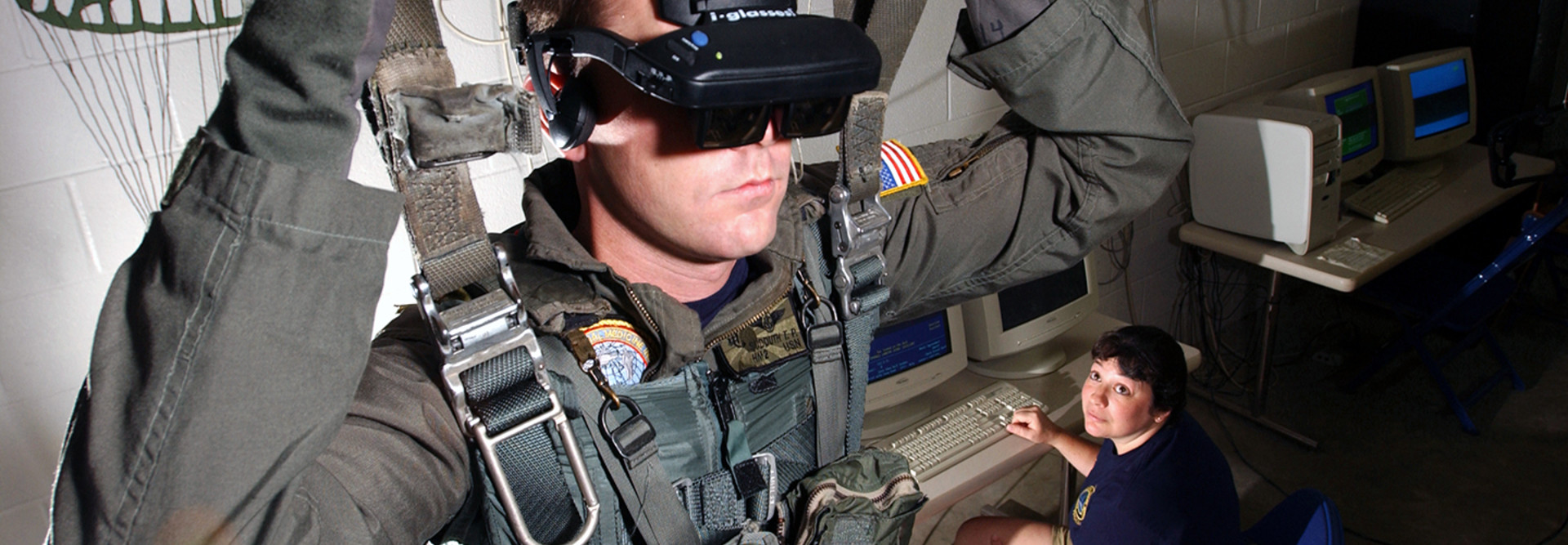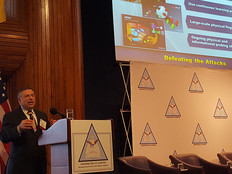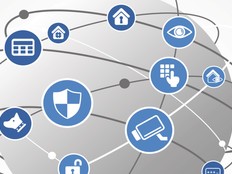DHS, Border Protection and Marines Want Commercial IoT Devices on the Battlefield
If enemy fighters in Syria can use commercial drones to spy on American soldiers, Maj. Scott Cuomo of the Marine Crops wonders why the Department of Defense won’t let operators on the front lines use the same kind of connected technology. To Cuomo, Marine air-ground task force operational planner and ground combat element integration officer, the DOD and the military need to rethink how they approach the Internet of Things (IoT) for the battlefield to give soldiers more flexibility.
Speaking on a panel at a May 17 AFCEA DC event, Cuomo and other federal officials said that the federal government needed to embrace commercial technologies that can aid the military on the battlefield while also balancing security concerns. Yet they said they hoped the emphasis in the government would shift back toward providing soldiers with useful technology.
“We’ve got to first understand why the policies were what they were when they were created,” Cuomo said, “and then see if it still applies.”
Pendulum Swinging Between Security and Usability
Robert Palmer, deputy chief technology officer at the Department of Homeland Security, noted that the federal government already deploys numerous sensors as part of agency missions, whether for geolocation or biometrics.
“The benefit exists of pulling all of the sensors together, gathering data and then applying it to the mission,” he said. “The question is, how much protection do we want around that, and how much coordination will it take amongst all of those entities to get it to a useful place?”
Palmer said agencies are still trying to find a “sweet spot” between using IoT to provide frontline military personnel and homeland security officers value to their missions, and coming up with the right technical and policy requirements to make that happen.
Wolf Tombe, CTO of U.S. Customs and Border Protection (CBP), said that there is a “myth” that consumer-grade IoT devices won’t be good enough for the government — they won’t be secure enough, or ruggedized.
“For the most part, I think that’s just poppycock,” he said. “It’s not true.”
For example, he said, Border Patrol agents often do not use highly ruggedized mobile devices in the field, because they are too heavy and bulky. A regular commercial device might not be ruggedized, but it would be cheaper to replace if it did break, Tombe said.
Cuomo added that the country’s battlefield enemies can quickly change and adapt their connected capabilities, and that the government needs to enable soldiers to do the same thing. He suggested that security protocols were hampering soldiers’ battlefield flexibility when it comes to learning about enemy IoT capabilities — and taking advantage of IoT themselves.
Using IoT in the Field
Palmer said IoT is already being used by DHS, whether it’s sensors for tracking the location and fuel levels of vehicle fleets around the country, or in the case of the Federal Emergency Management Agency, being able to identify the availability of responders or locate personnel during disaster recovery efforts.
Interestingly, Palmer said that concerns about cybersecurity and privacy related to operational IoT devices are real and that the government needs to debate them, but also added that “our IT challenges at present aren’t IT challenges.” The real question is what is the right mix of sensor data and security, and which stakeholders get to decide that, he said.
“I’m very excited about the prospect of the pendulum swinging back to the usefulness of the technology,” he said. “Culturally, I think we’re moving in that direction, one of more tolerance for getting that mission done versus protecting against every possibility.”
Tombe pointed out that there are commercial smart watches that can track not only heart rate but stress levels and sleep patterns among soldiers, and tell users when to find shade thanks to UV sensors. Yet he noted that when he asked a Samsung representative at the 2016 Consumer Electronics Show whether the company had law enforcement functions for its latest smart watches, he was met with a blank stare.
Tombe said that a law enforcement agency like CBP could take the baseline reading of officers’ heart rates; if an officer’s heart rate had jumped a standard deviation or two above normal, it would send a text message to a 911 dispatch center and prompt a dispatcher to call the officer for a status check — or send help if the officer does not respond.
Another potential IoT application could be “smart clothing” that could detect impact to determine whether an officer or soldier has been shot on the battlefield, then send out alerts to team members or dispatchers. “Seconds save lives, and that can definitely save lives,” Tombe said.
Balancing Security Concerns
Shawn Ahmed, senior director of analytics and IoT business analytics at operational intelligence software producer Splunk, said a key question the DOD will need to work through as it thinks through battlefield IoT applications is where all of the data from sensors gets processed.
Will it be processed locally, on the solider, over a mesh network or back at a headquarter or base?
If the data is processed at the soldier, the military would lose the database that provides the baseline heart rate for all of the members of that particular soldier’s unit, Ahmed said, but it might be more secure and could be matched against the soldier’s own baseline.
Cuomo said there is a risk of having soldiers becoming too reliant on technology in the field and not trusting their own instincts. However, he said these days many soldiers are fighting enemies in urban areas that have access to a wide range of connected technologies.
“You have to be very careful of becoming too dependent on it,” Cuomo said. “On the flip side, you have to be able to leverage it.”









